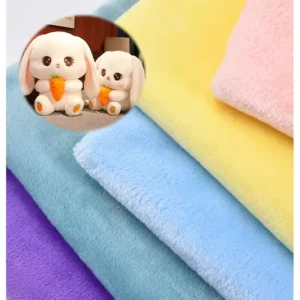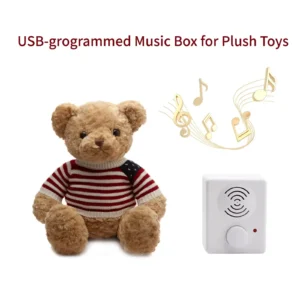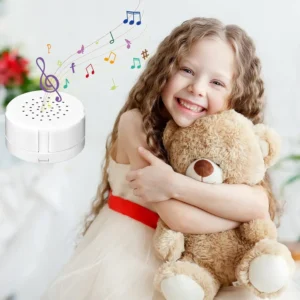Dogs and their love for stuffed toys is a fascinating phenomenon that captivates pet owners worldwide. Have you ever wondered why your furry friend insists on carrying around that plush bear or squeaky animal everywhere they go? The answer lies in a mix of instinct, comfort, and playful curiosity.
In short, dogs like stuffed toys because they mimic prey through texture and shape, provide soothing comfort, stimulate mental engagement, and satisfy natural chewing urges. This combination fulfills both their physical and emotional needs, making stuffed toys irresistible companions.
Imagine a puppy finding its very first stuffed toy—a soft, squeaky friend that quickly becomes a source of endless joy and comfort. As we explore why dogs adore these plush pals, you might discover new ways to enrich your pet’s life and strengthen your bond.
1.What Makes Stuffed Toys Appealing to Dogs?
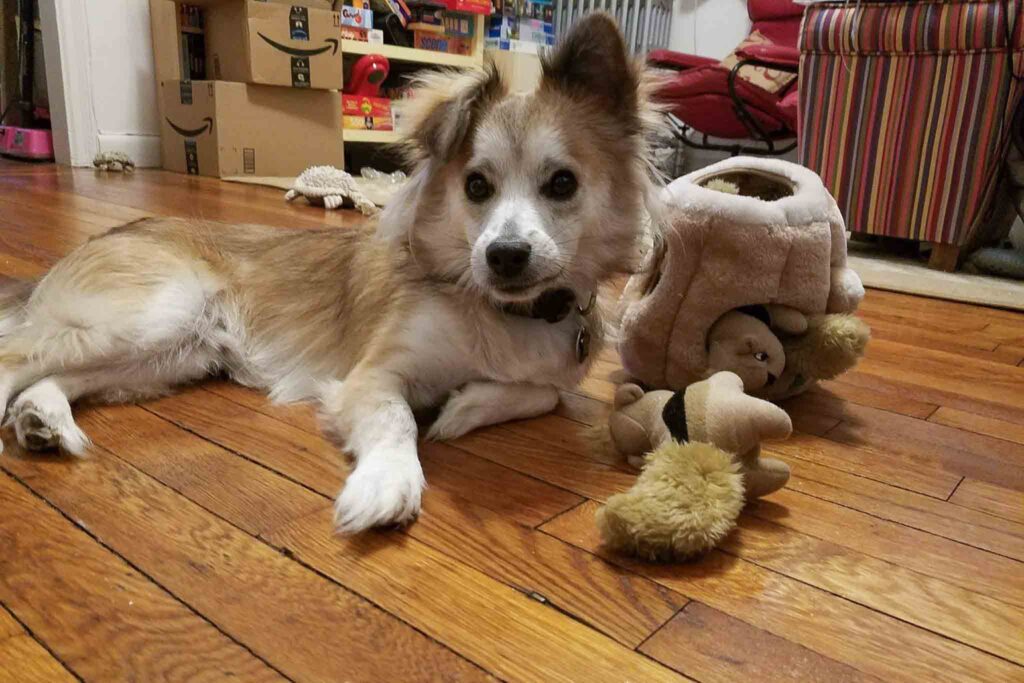
Dogs are attracted to stuffed toys because of their soft texture, familiar shapes resembling prey, and the interactive sounds many toys produce, which engage a dog’s natural hunting instincts. What Makes Stuffed Toys So Irresistible to Dogs?
- Sensory Attraction: Dogs are drawn to plush toys because they mimic the feel of fur and the shape of small animals. The softness satisfies their desire to snuggle, while the shape triggers hunting instincts.
- Texture and Chewing: Stuffed toys offer a gentle chewing surface that’s satisfying but not too hard, ideal for puppies and adult dogs who enjoy chewing but need to protect their teeth.
- Squeakers and Sounds: Many stuffed toys contain squeakers or crinkle materials that imitate prey noises, which excite dogs and encourage playful behavior.
- Comfort and Security: Much like children with their blankets or dolls, dogs often find stuffed toys comforting, especially when left alone, reducing separation anxiety.
A Labrador Retriever might prefer a squeaky plush bone, while a smaller breed like a Chihuahua may favor a soft stuffed mouse, showing how size and toy features influence appeal.
By understanding these sensory and psychological factors, pet owners can choose toys that not only entertain but also satisfy innate canine behaviors.
| Appeal Factor | Description | Example |
|---|---|---|
| Sensory Attraction | Plush toys mimic fur texture and small animal shapes, satisfying snuggling and hunting instincts. | Soft stuffed mouse for Chihuahuas |
| Texture and Chewing | Gentle chewing surface, satisfying for puppies and adults while protecting teeth. | Durable plush bone for Labradors |
| Squeakers and Sounds | Toys with squeakers or crinkle materials imitate prey noises, encouraging playfulness. | Squeaky plush bone |
| Comfort and Security | Provide emotional comfort and reduce separation anxiety, similar to children’s blankets. | Any soft plush toy |
2.Which Types of Stuffed Toys Do Dogs Prefer?
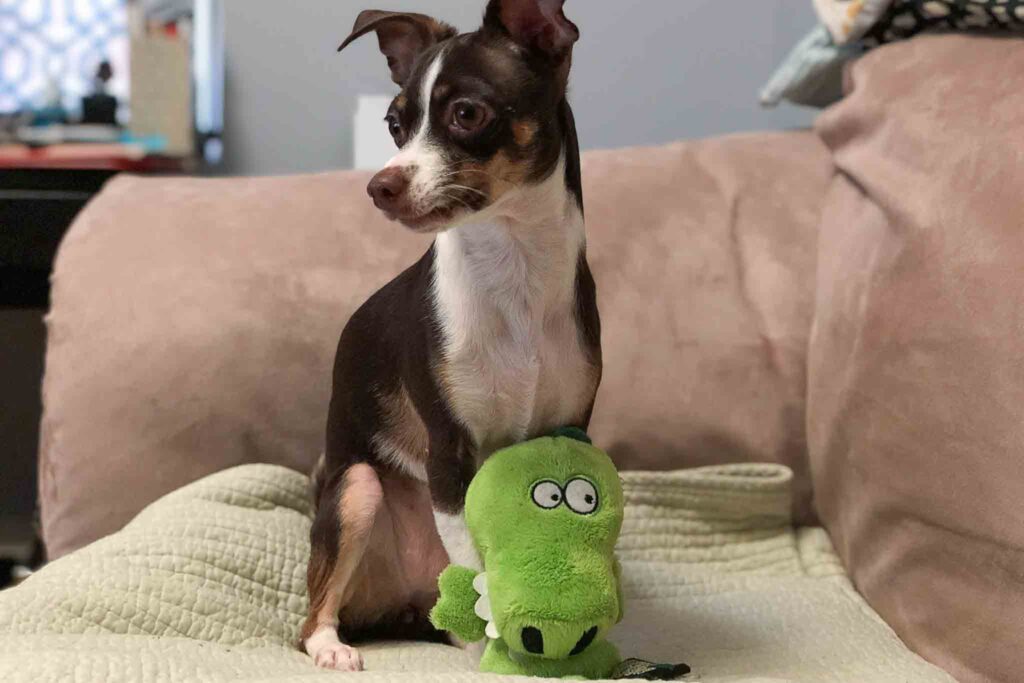
Dogs prefer stuffed toys made from durable, non-toxic materials with soft textures, moderate size, and engaging features like squeakers that fit their breed size and chewing habits.
Which Stuffed Toys Are Best for Different Dogs?
- Material Safety and Durability: Plush toys with reinforced seams and high-quality stuffing last longer and prevent ingestion of harmful materials. Look for eco-friendly, non-toxic fabrics.
- Size Matters: Large breeds need bigger, sturdier toys to avoid choking hazards, while small dogs prefer lightweight, smaller toys easy to carry and chew.
- Design Features: Toys with squeakers, crinkles, or multiple textures stimulate interest and prolong playtime. Some designs even mimic prey movements or sounds.
- Breed-Specific Preferences: Herding breeds may prefer toys that engage chasing instincts, while retrievers might enjoy plush balls or soft fetch toys.
Recommended Stuffed Toys by Dog Size
| Dog Size | Recommended Toy Features | Safety Considerations |
|---|---|---|
| Small | Soft, lightweight, squeaky | Avoid small parts, choking risk |
| Medium | Durable seams, moderate size | Non-toxic stuffing |
| Large | Heavy-duty plush, no small parts | Reinforced seams |
Understanding these preferences helps prevent toy destruction and safety issues, enhancing your dog’s play experience.
3.How Do Stuffed Toys Benefit Dogs Physically and Mentally?

Stuffed toys provide dogs with physical outlets for chewing and play, reduce anxiety by offering comfort, and stimulate their minds through interactive engagement.
How Stuffed Toys Promote Dog Well-being
- Chewing and Dental Health: Chewing stuffed toys helps relieve teething discomfort and promotes jaw muscle exercise, though they shouldn’t replace dental chews.
- Anxiety Reduction: Carrying or cuddling a stuffed toy can soothe nervous dogs, particularly during stressful events like thunderstorms or when home alone.
- Cognitive Stimulation: Toys with varied textures, sounds, and shapes encourage problem-solving and mental engagement, preventing boredom-related behaviors like destructive chewing.
- Physical Activity: Play involving stuffed toys promotes exercise, coordination, and healthy weight management, especially when combined with fetch or tug games.
A study showed that dogs with access to interactive toys showed 30% less destructive behavior compared to those without.
These benefits highlight why stuffed toys are more than just playthings—they’re integral tools for holistic pet care.
| Benefit Category | Description | Additional Info |
|---|---|---|
| Chewing and Dental Health | Helps relieve teething discomfort and exercises jaw muscles; not a replacement for dental chews. | Supports healthy teeth and gums |
| Anxiety Reduction | Provides comfort by soothing nervous dogs during stress like thunderstorms or alone time. | Acts as a calming companion |
| Cognitive Stimulation | Encourages problem-solving and mental engagement through varied textures, sounds, and shapes. | Reduces boredom and destructive behaviors |
| Physical Activity | Promotes exercise, coordination, and healthy weight management when used in active play. | Combines well with fetch and tug games |
| Research Insight | Dogs with interactive toys exhibited 30% less destructive behavior than those without. | Highlights importance of mental stimulation |
4.Are Stuffed Toys Safe for Dogs?

Stuffed toys can be safe if they are well-constructed with non-toxic materials and appropriate design features, but owners must monitor wear and tear to avoid hazards.
Safety Considerations When Choosing Stuffed Toys
- Material Risks: Low-quality stuffing or fabrics may contain harmful chemicals or be easily ingested, posing choking or digestive risks.
- Small Parts Hazard: Buttons, plastic eyes, or loose squeakers can be chewed off and swallowed.
- Maintenance: Regularly inspect toys for damage; replace them if stuffing leaks or seams break.
- Certifications: Look for toys certified by organizations such as ASTM or CPSIA to ensure safety standards compliance.
- Eco-Friendly Options: Sustainable toys made with organic cotton, recycled fibers, or biodegradable stuffing provide safer alternatives for health- and environment-conscious owners.
An eco-friendly plush toy brand reported a 40% reduction in reported safety issues by switching to non-toxic, durable materials.
Being proactive about toy safety protects your dog and extends toy lifespan.
| Safety Aspect | Description | Additional Note |
|---|---|---|
| Material Risks | Low-quality stuffing or fabrics may contain harmful chemicals or be ingested, causing choking or digestive issues. | Choose non-toxic, high-quality materials |
| Small Parts Hazard | Buttons, plastic eyes, or loose squeakers can be chewed off and swallowed, posing risks. | Avoid toys with detachable small parts |
| Maintenance | Regularly check toys for damage; replace if stuffing leaks or seams break. | Prevents accidental ingestion or choking |
| Certifications | Look for ASTM, CPSIA, or similar safety certifications to ensure compliance with standards. | Assures product safety and quality |
| Eco-Friendly Options | Toys made with organic cotton, recycled fibers, or biodegradable stuffing offer safer alternatives. | Environmentally and health-conscious choice |
| Brand Insight | An eco-friendly plush toy brand reported 40% fewer safety issues after switching to safer materials. | Demonstrates effectiveness of quality materials |
5.Do Dogs Develop Emotional Attachments to Stuffed Toys?
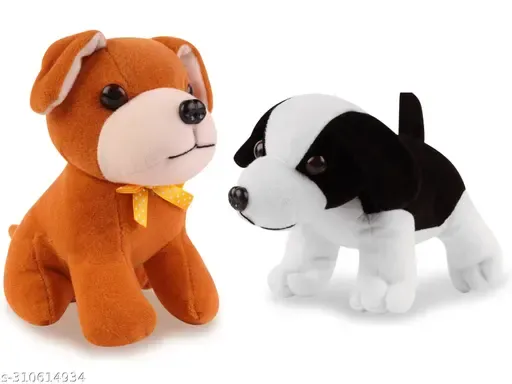
Many dogs treat stuffed toys as comfort objects, showing attachment behaviors that help them cope with loneliness, stress, and separation anxiety.
Emotional Bonds Between Dogs and Their Toys
- Attachment Behavior: Dogs often carry, cuddle, or guard their favorite toys, similar to how children bond with comfort objects.
- Separation Anxiety Aid: Stuffed toys provide companionship when owners are away, reducing stress-induced behaviors.
- Protectiveness: Some dogs show possessiveness or “toy guarding,” indicating emotional investment in their plush companions.
- Behavioral Therapy: Trainers sometimes use familiar toys to ease transitions or changes in environment.
A rescue dog named Max was calmer and less destructive after bonding with a stuffed toy he carried everywhere, demonstrating the therapeutic potential of plush companions.
Recognizing these emotional connections helps owners support their dogs’ mental health effectively.
| Emotional Aspect | Description | Example / Insight |
|---|---|---|
| Attachment Behavior | Dogs carry, cuddle, or guard favorite toys, similar to children with comfort objects. | Provides emotional security |
| Separation Anxiety Aid | Toys offer companionship when owners are away, reducing stress-related behaviors. | Helps calm nervous or lonely dogs |
| Protectiveness | Some dogs show possessiveness or “toy guarding,” indicating strong emotional bonds. | Sign of attachment and value |
| Behavioral Therapy | Trainers use familiar toys to ease transitions or environmental changes for dogs. | Aids in reducing anxiety during stressful situations |
| Case Example | Rescue dog “Max” became calmer and less destructive after bonding with a stuffed toy. | Demonstrates plush toys’ therapeutic benefits |
6.How Can Owners Choose and Maintain Stuffed Toys for Their Dogs?

Owners should select toys matching their dog’s size and chewing habits, regularly clean toys to prevent germs, and replace them to maintain safety and interest.
Best Practices for Toy Selection and Care
- Selection Tips: Observe your dog’s chewing strength and preferences; choose toys built to withstand their behavior.
- Cleaning: Machine washable or surface-cleanable toys reduce bacteria buildup and odors.
- Replacement Schedule: Replace toys showing signs of wear every 3-6 months or sooner if damaged.
- Storage: Keep toys in a clean, dry place to prolong their lifespan and prevent contamination.
- Customizable Options: Some manufacturers offer tailored toys based on dog breed, age, and behavior, enhancing satisfaction.
| Maintenance Task | Frequency | Tips |
|---|---|---|
| Cleaning | Weekly/Biweekly | Use mild detergent, air dry |
| Inspection | Monthly | Check seams, stuffing |
| Replacement | 3-6 months | Sooner if damaged |
| Storage | Always | Dry, ventilated area |
Proper care ensures your dog’s toys remain fun, safe, and hygienic.
Conclusion
Dogs’ love for stuffed toys stems from deep-seated instincts and emotional needs. Selecting the right toys that balance durability, safety, and engagement enriches their lives physically and mentally. If you’re looking for customized, eco-friendly stuffed toys tailored to your dog’s unique needs, Kinwin offers professional design, quality control, and sustainable manufacturing solutions. Contact Kinwin today to create the perfect plush companions that your dogs will love and cherish for years to come!





